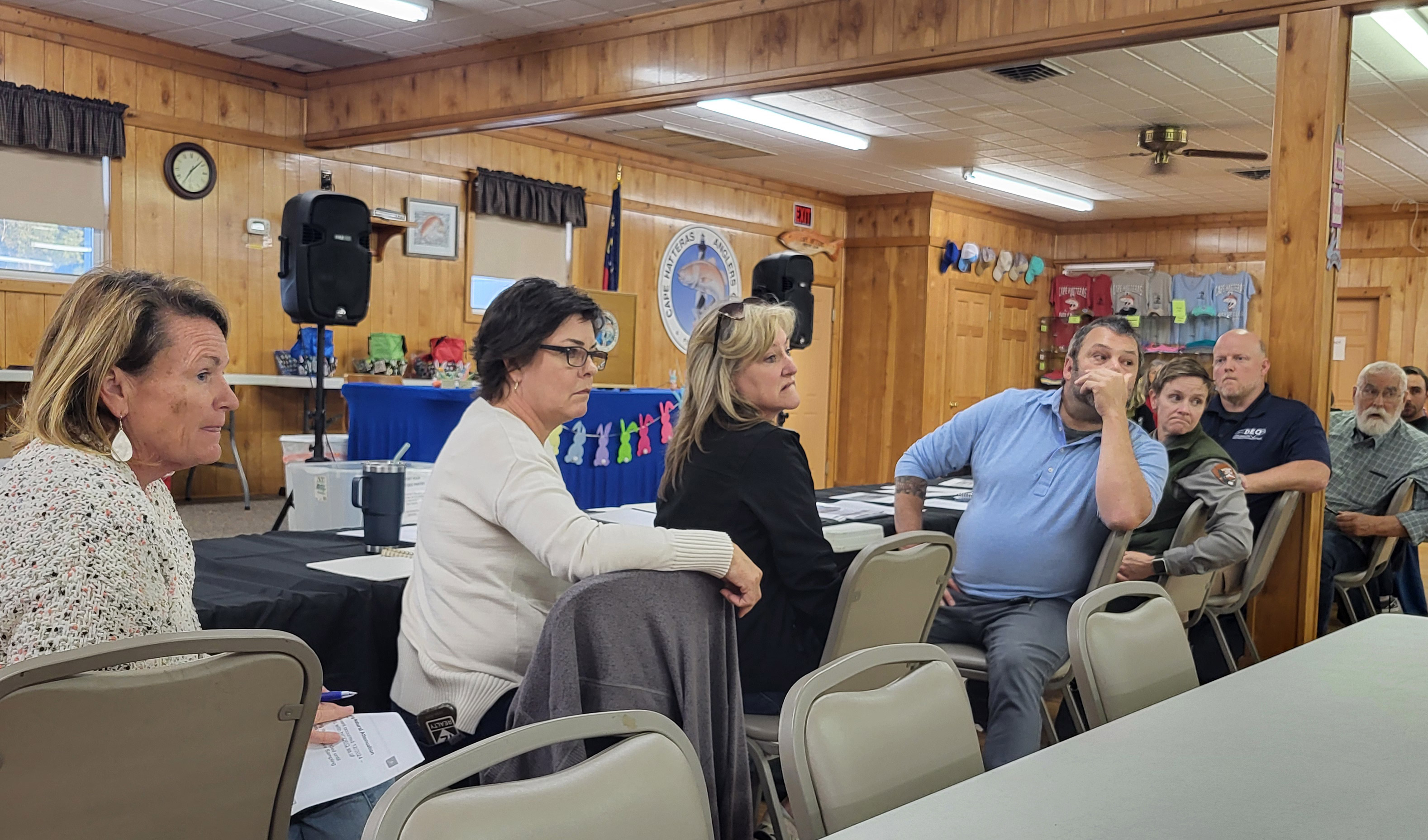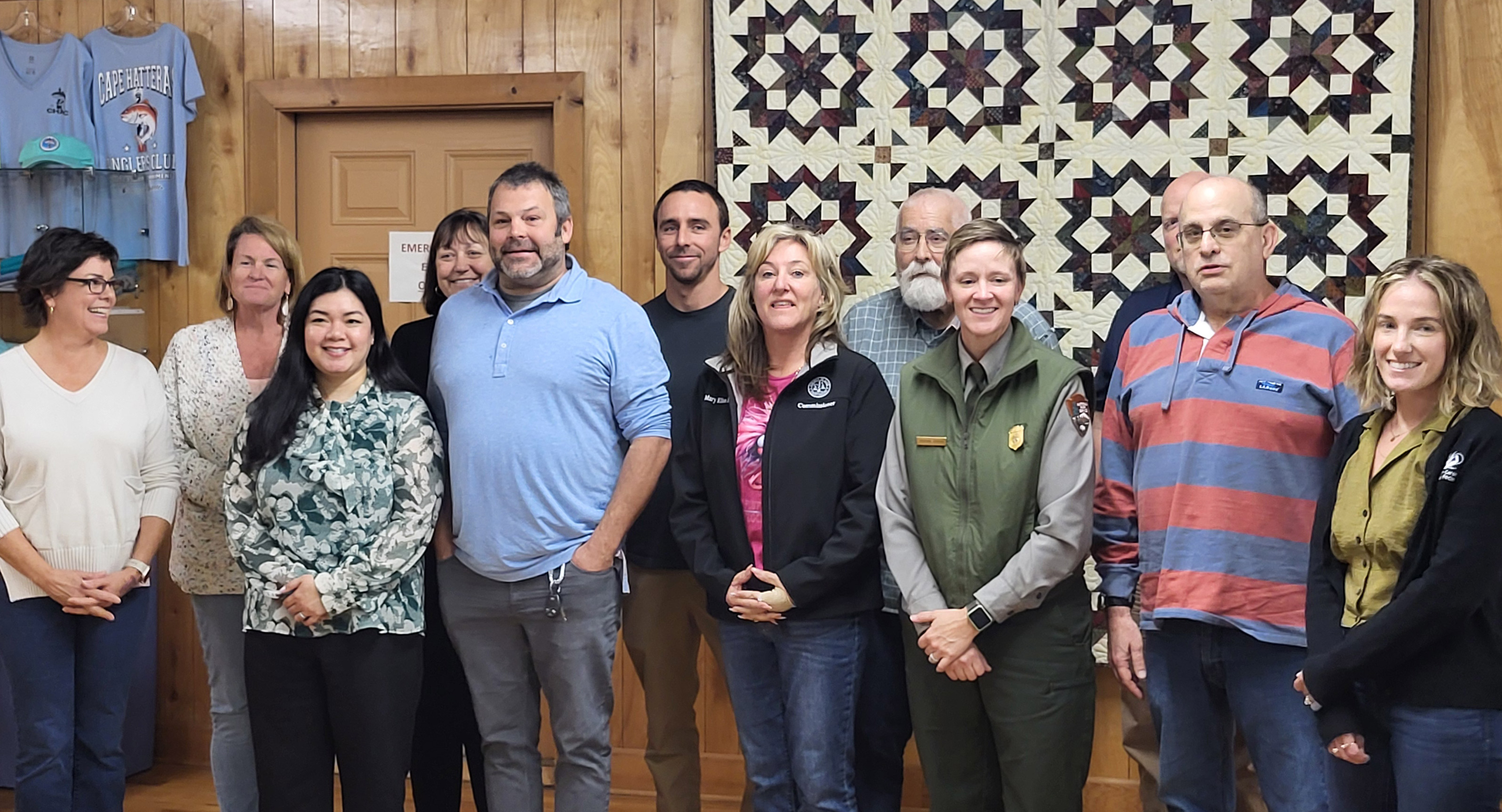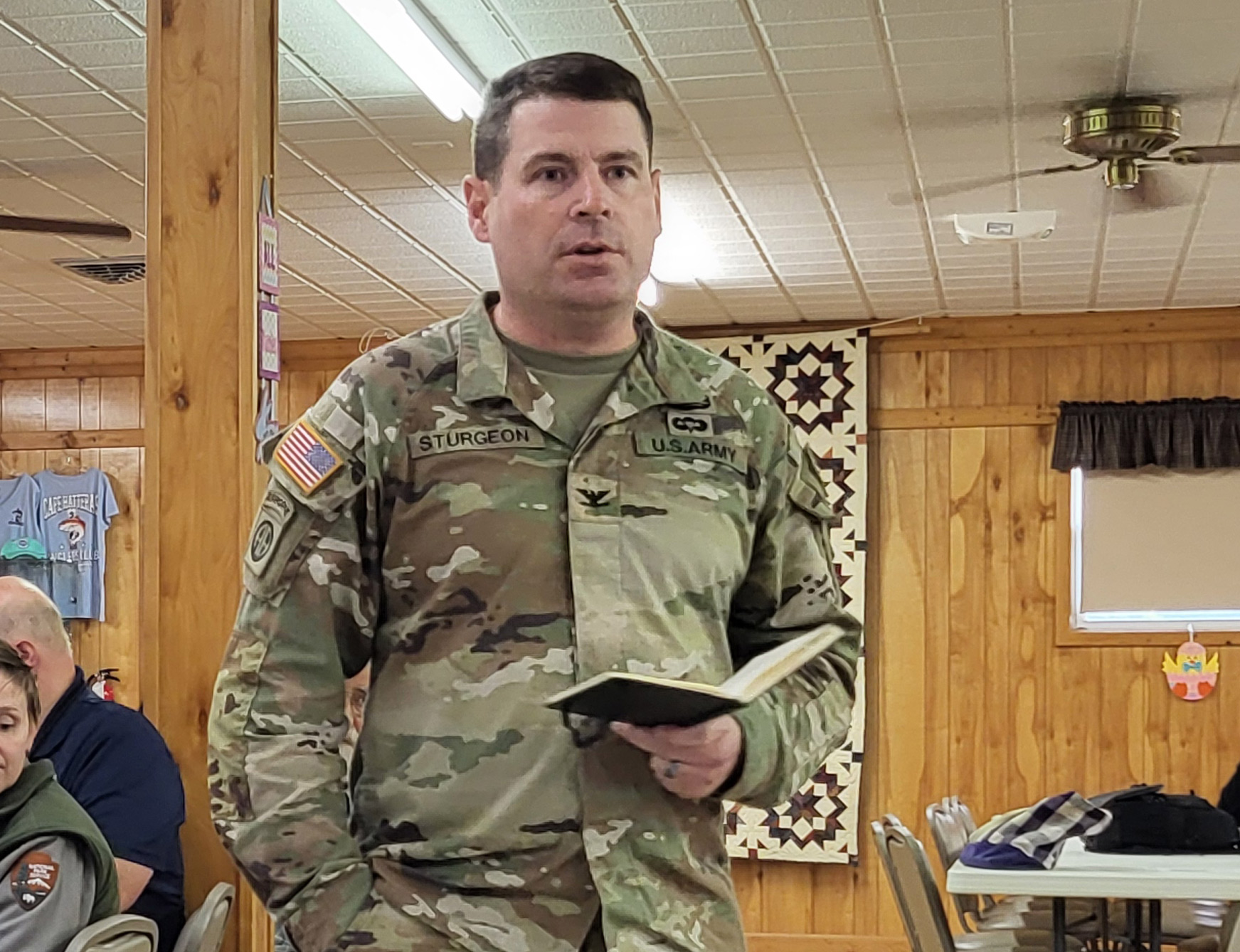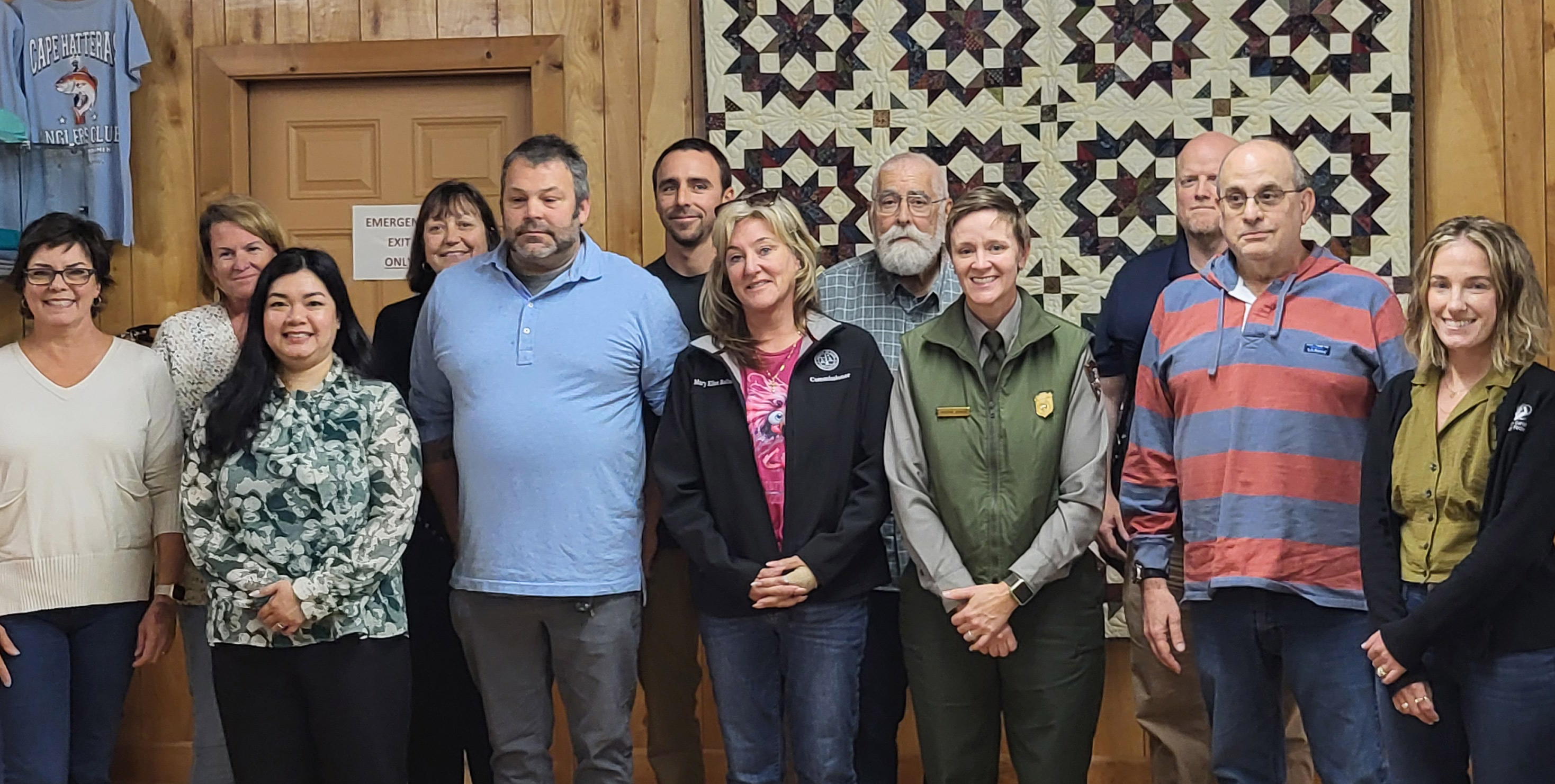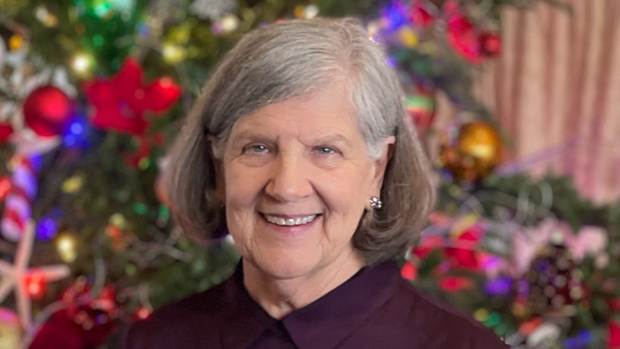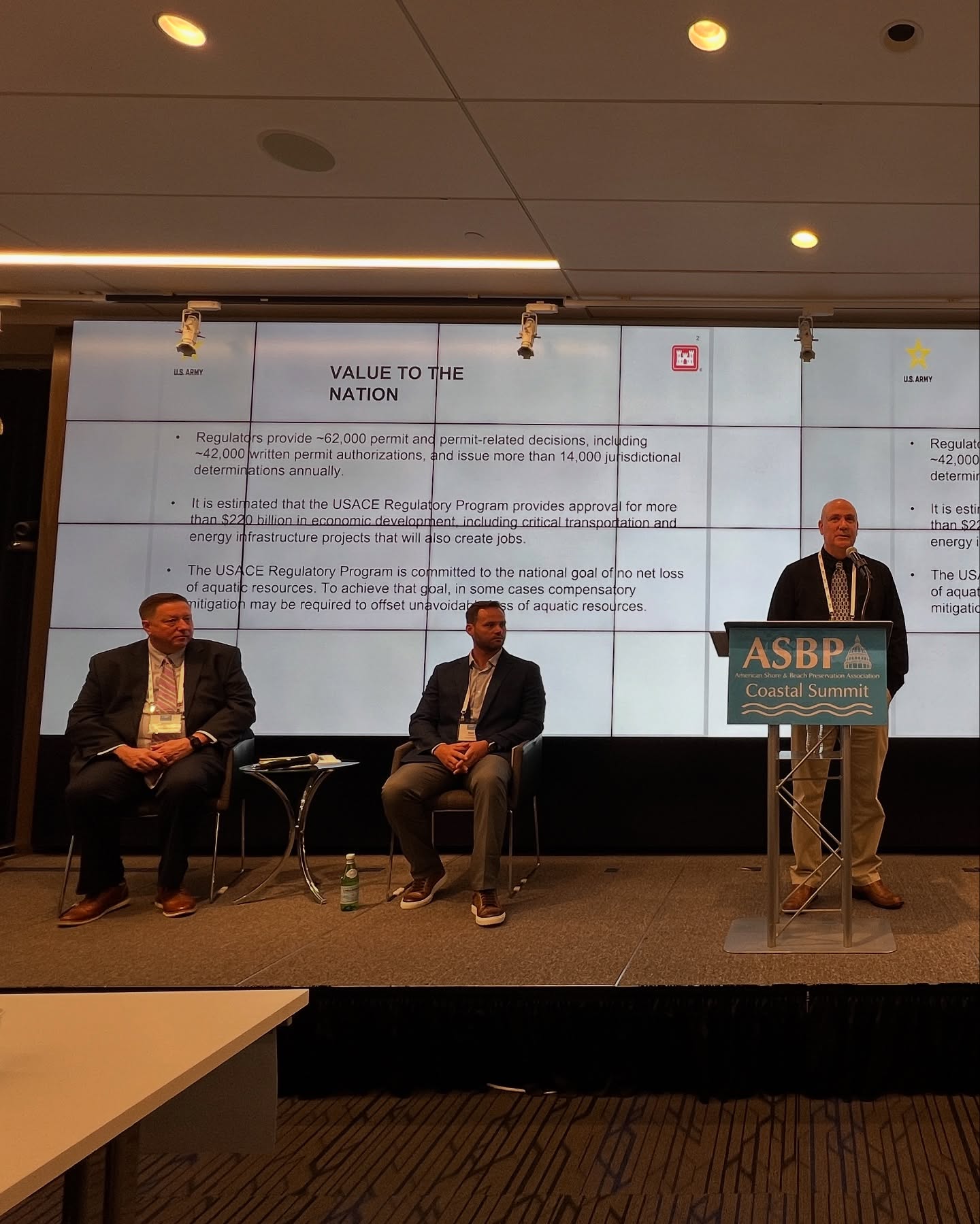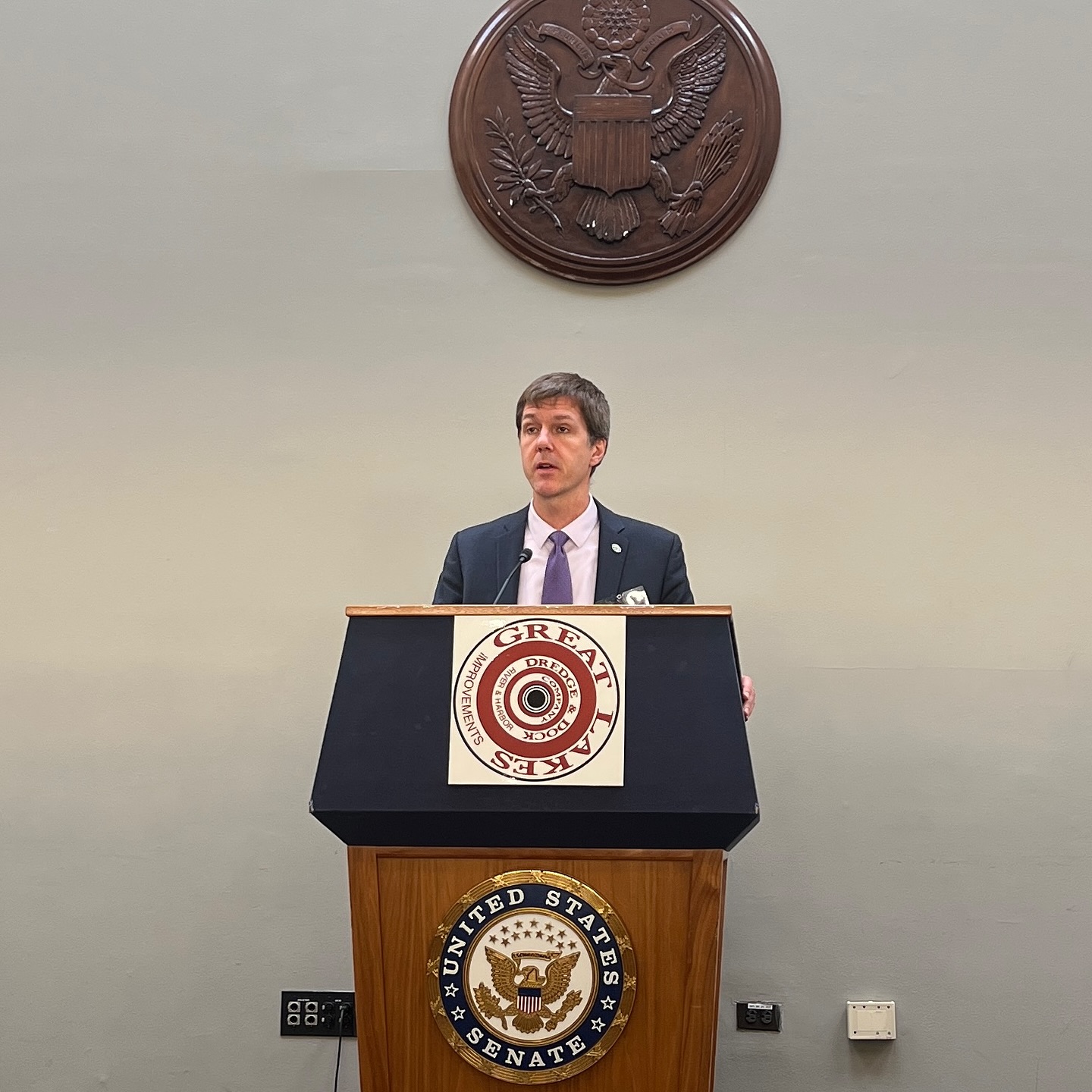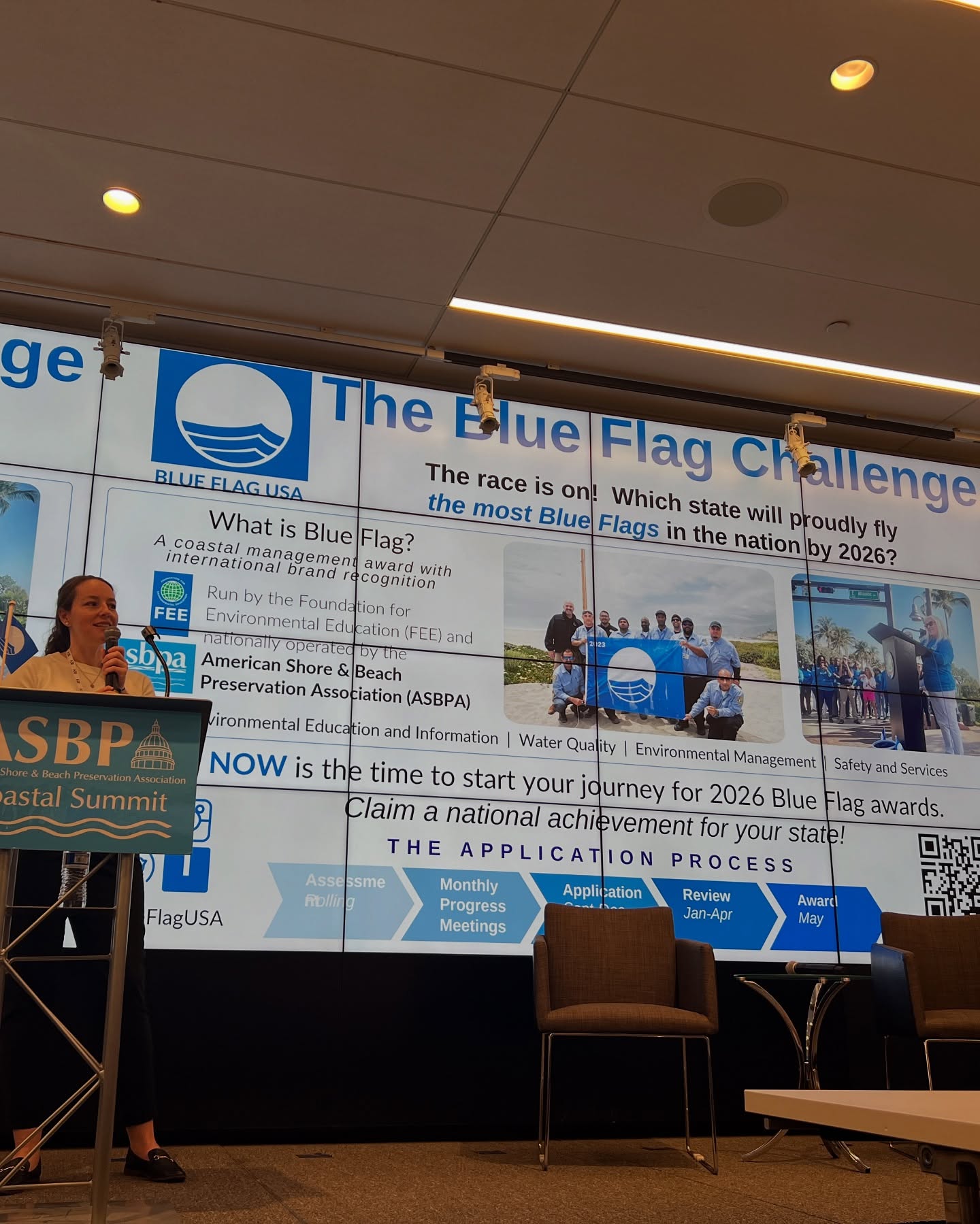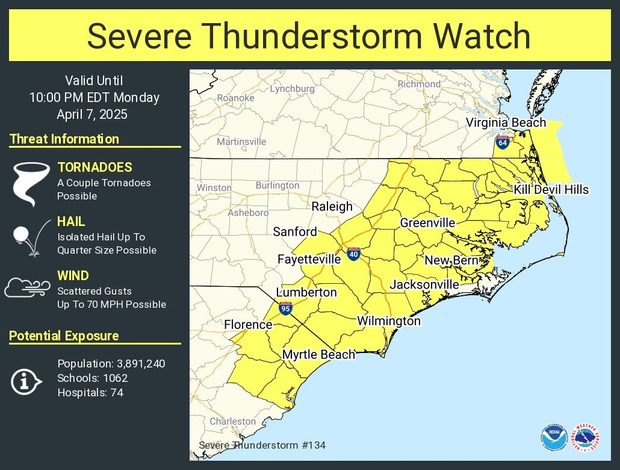Inside Dare school buildings, a new normal

Supt. says life will be different as students return
Several participants at the Oct. 1 Dare Board of Education meeting — where it was decided that K-5 students would return to class full-time and 6-12 would return part-time — acknowledged that the decision was neither easy to make nor easy to implement.
Board Member Mary Ellon Ballance joined her colleagues in unanimously endorsing the school re-opening plan that begins on Oct. 26. But she said that based on teacher surveys, “we know that half of them want to go back and half didn’t…This is a decision I have struggled with immensely. But at the end of the day, I think kids need to be in school.”
During his presentation to the board, Superintendent John Farrelly noted that, “I think there is unrest for everyone, with the stressors around this and the unknown. If you are a teacher, you like structure. Kids like structure, and we just have to adapt. Do I think we need to get kids back in school in some capacity? Yes, absolutely. But these are real issues.”
Driven by the desire to get children back in the classroom, the board opted to open Dare Schools to the fullest extent allowed under Governor Roy Cooper’s plan. For K-5 students, grades 3-5 will return full-time during the first week and K-2 will return full time beginning the second week.
Middle and high schools will open under a hybrid model, with two groups divided by the alphabet receiving in-person instruction – one group on Mondays and Thursdays and the second on Tuesdays and Fridays. Wednesdays in those schools will be dedicated to remote learning, intervention and sanitizing the buildings. On the days that students are home, they will participate in remote learning.
All K-12 students with disabilities who are in extended content classrooms can return to in-person learning full-time beginning on Oct. 26. Under the plan, the district’s After School Enrichment Program will also re-open at the elementary schools.
Students and teachers who wish to participate in the virtual learning option offered by the district can still apply with the district. The application deadline for that closes on Oct. 5 for teachers and Oct. 8 for students. While Dare County Schools Superintendent Dr. John Farrelly said that he expected the number of applicants to grow significantly following the board decision, to date there have been 44 teachers who have applied for that option and 368 students.
Prior to the vote, Board Member Frank Hester said, “The one thing that gives me peace is there are options within this option. The way I see it is it actually puts the parents in a position to make a choice, too.”
Board Member Joe Tauber concurred, adding that while the seven members of the school board were voting at the meeting, “I don’t think we are making this decision in a vacuum.”
Stating that parents have had information on the virus since March, he said, “They’ve also seen their children at home and the impact that it has had on their children in terms of the loneliness, the isolation, the mental health issues. And they will ultimately be making a decision in terms of whether they send their children back based on what we decide.”
What life will be like inside the school
State COVID-19 guidelines continue to require middle and high schools to operate at a reduced capacity so that students can maintain six feet of social distancing at all times. On Sept. 17, however, N.C. Governor Roy Cooper loosened those guidelines for elementary schools when he announced they could re-open for full-time in-person instruction as early as Oct. 5.
Under the new guidelines, elementary schools have to adhere to the six-foot social distancing requirement in all areas of the building except the classroom.
At the Oct. 1 board meeting, Farrelly, who offered six options for consideration, sought to paint a picture of what life will be like in schools — cautioning the board and community members that it will look and feel different.
Cloth face coverings will be mandatory for every child five years and older, as well as all staff members. Social distancing requirements on buses will mean that bus drivers will have double routes in many cases. In addition, Farrelly noted, visitors to the schools will be limited to appointments with administrators and picking up their child. And parents, he said, will no longer be allowed to walk their students into the school building.
Between 75 and 100 signs and decals with social distancing instructions and directions will be installed on walls and floors of each school, he added. Students and staff will undergo daily health screening questions that will be sent out via text each morning, and thermal temperature monitoring stations will be set up at each school to automatically take a student’s temperature and photograph. If students record a fever of 100.4 or greater, they will discreetly be taken to a quarantine room until they can be picked up by a parent or guardian.
“Transitions in school will be extremely slower,” Farrelly continued. “There is a limited amount of capacity for feeding children in the cafeteria…and classroom set-ups are going to be different.”
The superintendent stressed that outside time will be encouraged at every grade level, whether it be in the form of recess, mask breaks, eating lunch outdoors or outdoor teaching. “Most schools, if not all, have outdoor learning environments,” Farrelly noted, adding that he has asked the district maintenance department to build 50 picnic tables to be placed at the schools, beginning with the elementary school buildings.
Schools, he added, may be temporarily closed if there are positive COVID-19 cases, “and an educated guess is that we will have positive cases. Students and staff in those scenarios may have to quarantine.”
Dare County Department of Health and Human Services (DHHS) Director Sheila Davies gave a presentation at the meeting to explain how the department and district would work together when there was a school-associated COVID-19 case. She added that her department is proposing a COVID-19 dashboard, much like it has provided on its website with county information, dedicated to the school district.
When DHHS is notified of a positive case, Davies said she will contact the superintendent and school nurse associated with the case. Individuals who test positive are required to remain in isolation for a minimum of 10 days. Individuals in direct contact with a positive case – which is anyone who was within six feet for 15 minutes or more – is required by law to quarantine for 14 days.
“That quarantine period is not negotiable,” she asserted.
Davies said that if a student or staff member is sick or has symptoms, they would be required to stay out of school until a diagnosis is made and if they refuse to get tested, they would have to adhere to the 10-day isolation requirement.
Farrelly also said during the meeting that a big concern of staff was the fact that there would be K-5 classes of 18 to 20 students taking off their masks to eat lunch. State social distancing guidelines makes it impossible for all classes to eat in the cafeteria every day.
When Farrelly asked Davies if she had similar concerns, she responded: “My recommendation is to socially distance throughout the entire day, which would require smaller class sizes.”
Davies said that if a teacher tested positive for COVID-19, all the students in that classroom would likely be considered a direct contact and required to quarantine for 14 days. “If you have a class with 20 students with a teacher all day, there’s no way you can say they were able to stay six feet apart for those seven hours,” she said.
Farrelly noted that closing a school due to a number of cases would require board action, and that there are currently no state guidelines as to what number of cases would precipitate closure. “I think one of the bigger concerns is not necessarily school closure, but if we get seven or eight cases in a school and then overnight, seventy-five kids want virtual,” he said. “Or fifteen staff members have gone to providers and are getting medical exemptions…Then staffing at that school gets really tricky.”




